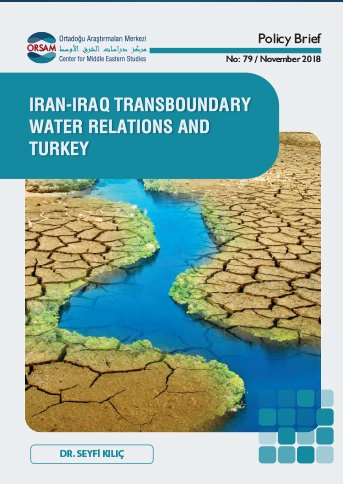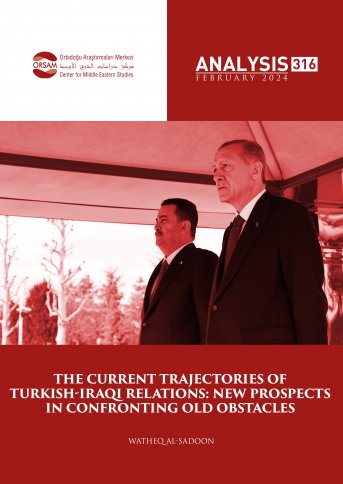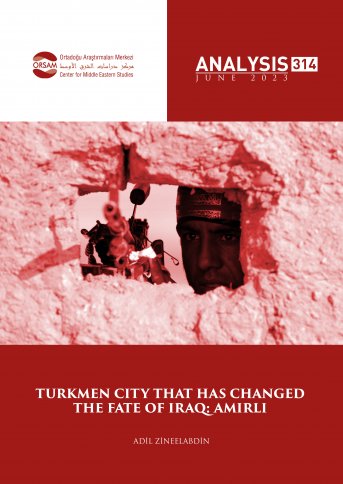
Iran-Iraq Transboundary Water Relations and Turkey
Iraq’s inability to break the vicious circle of war, embargo, occupation and civil war that the country has been experiencing since 1980 is the main reason behind water shortages in Iraq today. On the other hand, water management practices implemented by Iran, another riparian of the basin, have played a significant role in increasing water shortage experienced by Iraq and in the subsequent emergence of problems that will disrupt the social order in coming years. These problems have become a serious national security issue, especially in the summer of 2018, with its social implications manifesting in Basra.
The effects of the dam and water storage structures built by the upper riparian states, which are among the causes of the water problem of Iraq in general, are too complex to be taken into consideration. Turkey, Syria, and Iran’s attitudes as upper riparian states on transboundary waters differ greatly. As the agricultural activities, and thus irrigation activities, have decreased due to the Syrian civil war, it can be said that there is an increase in the Euphrates River flow.
The approach of the two riparian states neighbouring Iraq, Turkey and Iran, differ sharply. The origins of transboundary water issues between Turkey and Iraq can be traced back to 1965 when Turkey built the Keban Dam on the Euphrates River. During this period, Turkey promised to release 350 cubic meter per second of water in an attempt to keep its neighbours’ water demands fulfilled. Turkey continued to maintain this approach during the construction of the Karakaya Dam on the Euphrates River, emphasising the consistency of its transboundary water policy. During the construction of other dams and hydroelectric power plants, built as a part of the GAP (Southeastern Anatolia Project) which was created as a big development plan, Turkey, again, pursued the same policy. Despite the water storage in 1991 triggered by the Atatürk Dam which started, Turkey remained faithful to its commitment outlined in the protocol signed with Syria in 1987, to release 500 cubic meter of water per second.
Over the course of the past five years, Iran has started building a complex network of dams on and around the river sources within its borders. The projects directly affect Iraq’s main water source, the Tigris. Iran’s projects have cut water flow to Iraq to a great extent, most notably during the summer of 2018. This situation continues to cause a great deal of damage to Iraq, which was already facing serious water problems.
When we compare the transboundary water policies of Iran and Turkey, we find that the former has substantially cut off river flow from its territory towards Iraq keeping large reserves of water within its borders. Turkey, however, does not follow similar transboundary water policies. Indeed, Turkey maintains high water levels within borders but also allows the flow to continue beyond its borders. Economic embargos placed on Iran following it’s “Islamic Revolution” of 1979, prompted the Iranian regime to focus on self-sufficient agricultural policies. This increased agricultural demands for irrigation, prompting the Iranian government to divert river flows away from the Iraqi borders through the construction of more dams triggering widespread water storages in Iraq.








